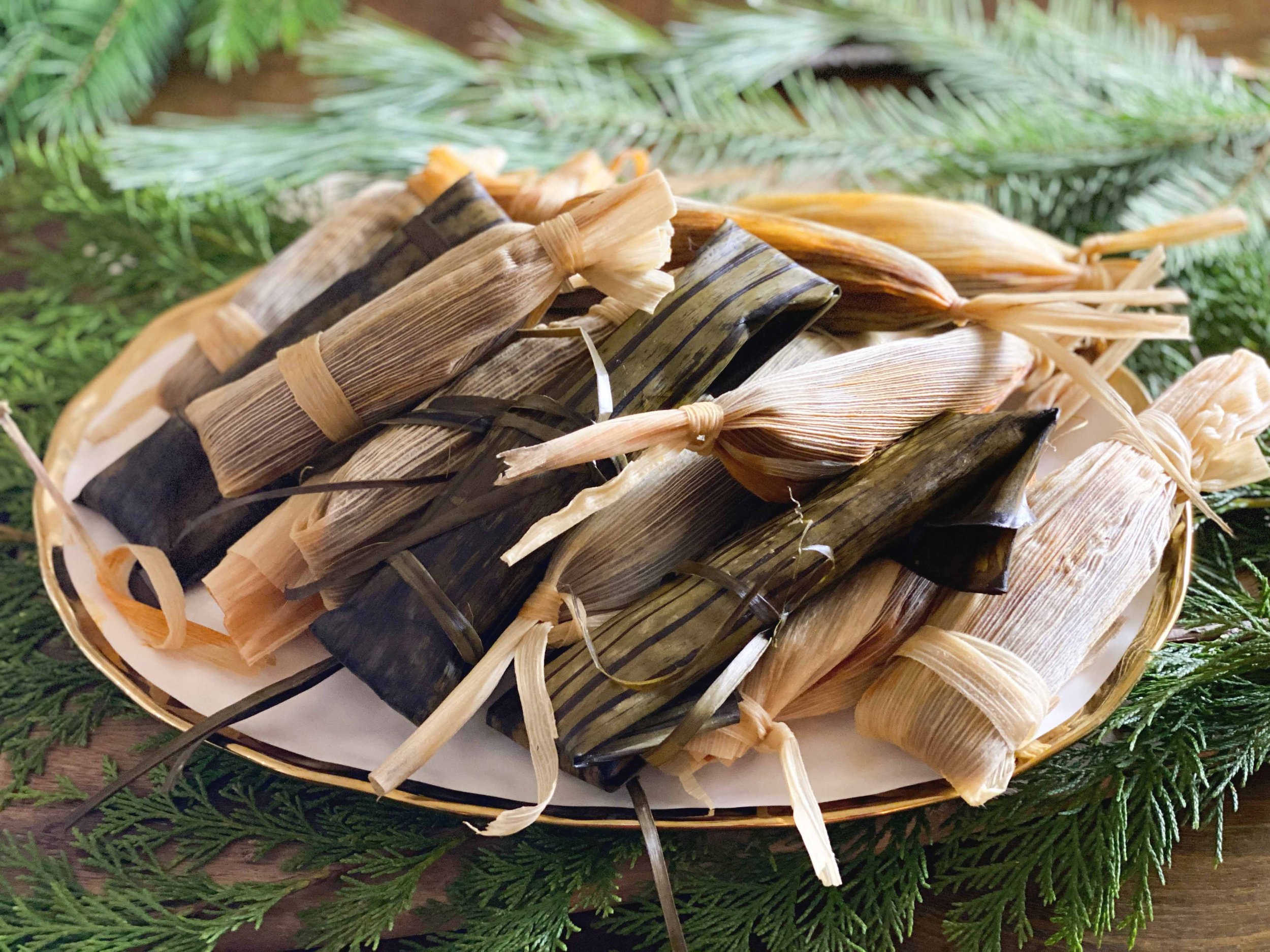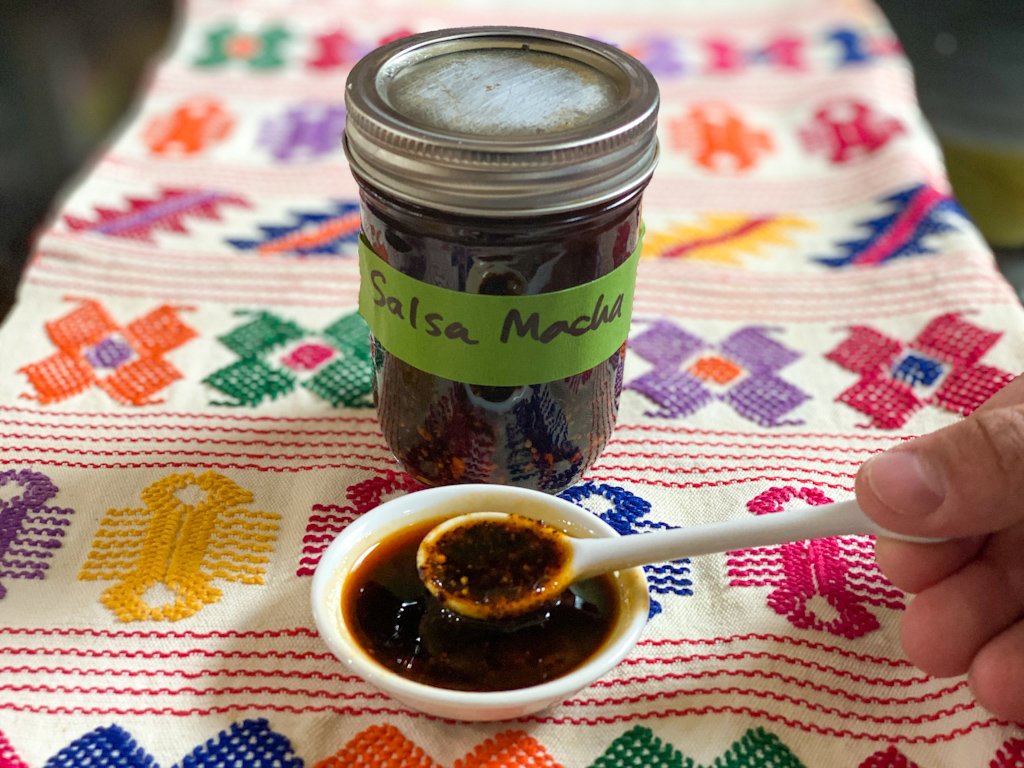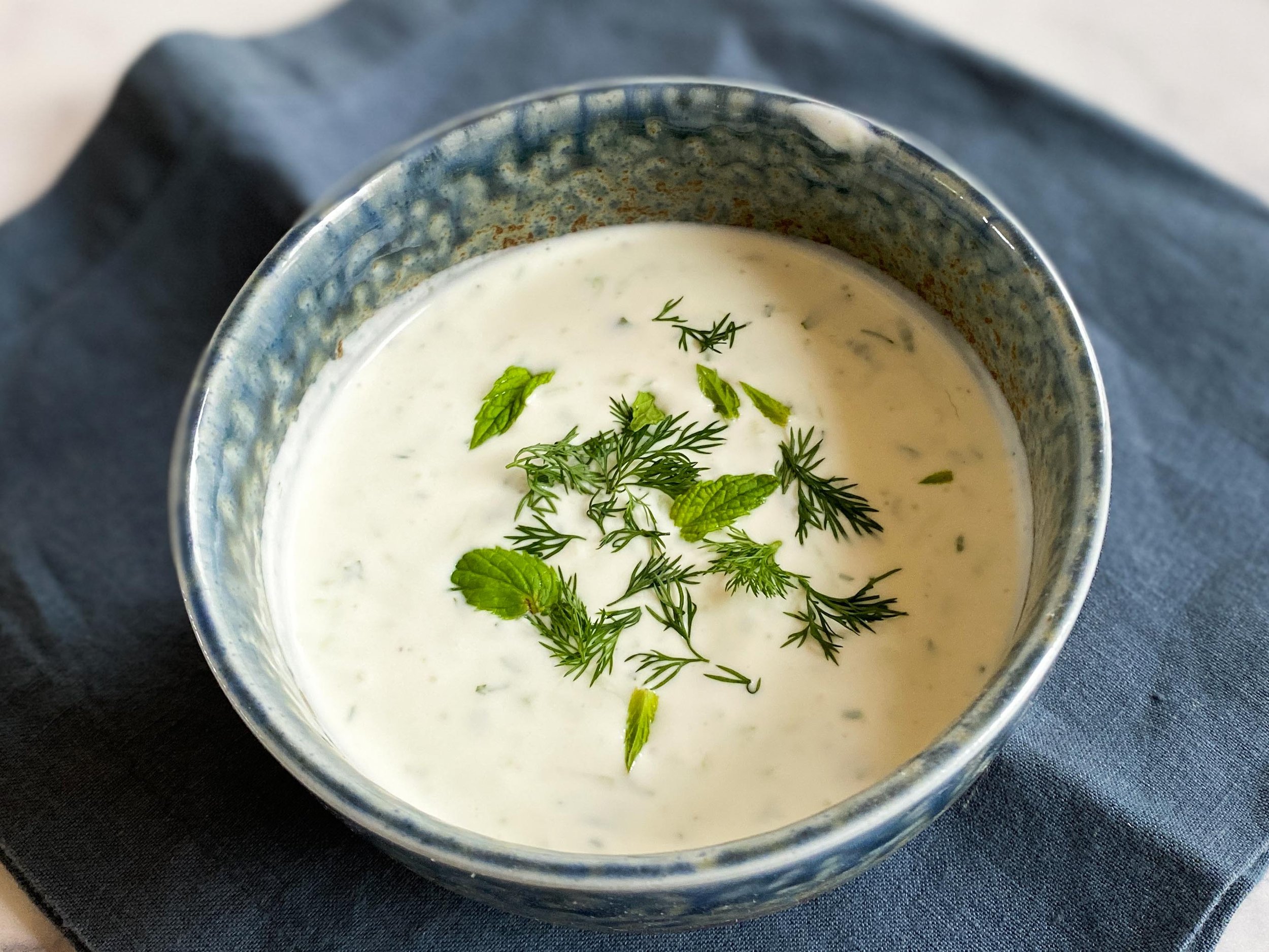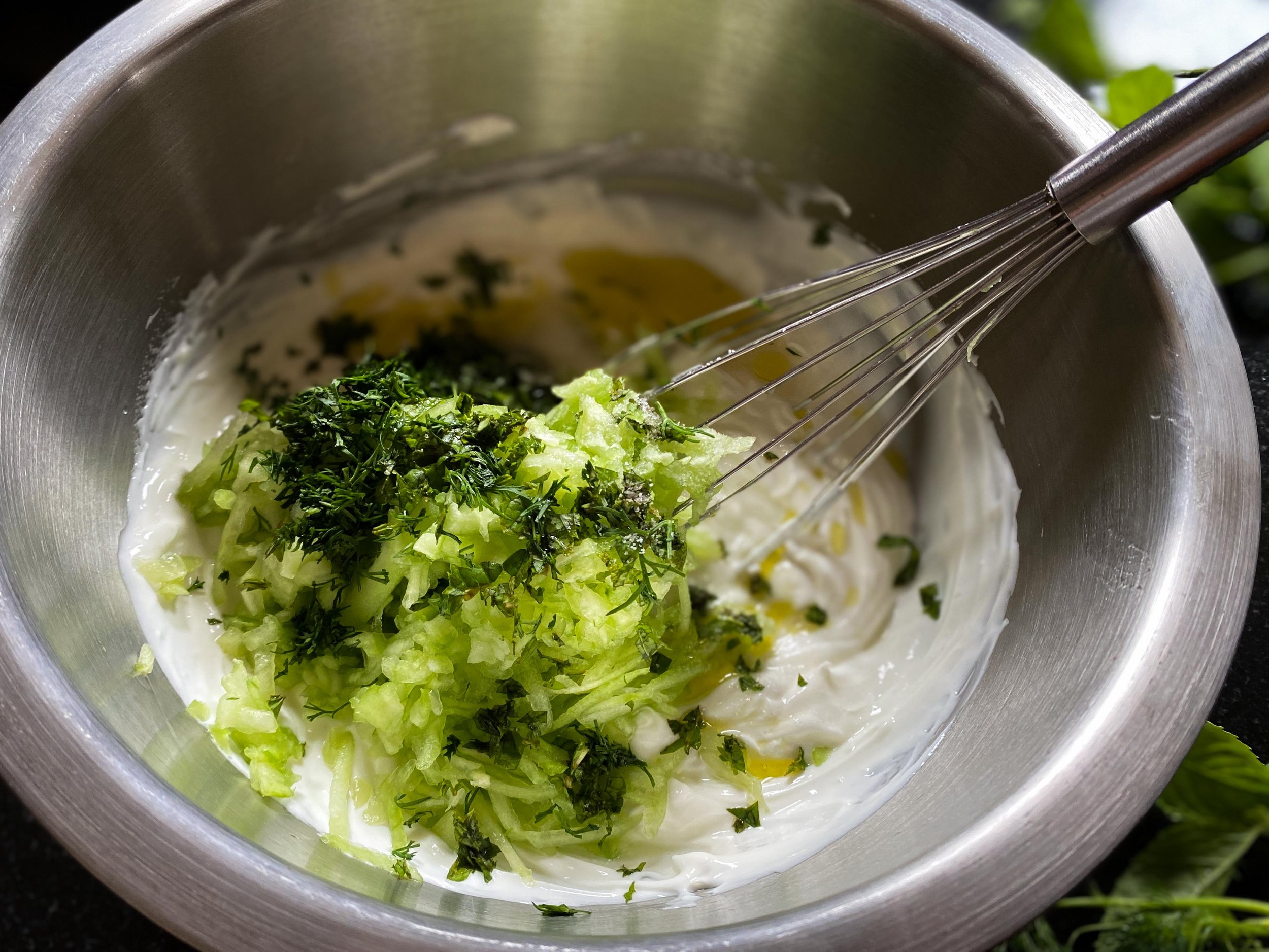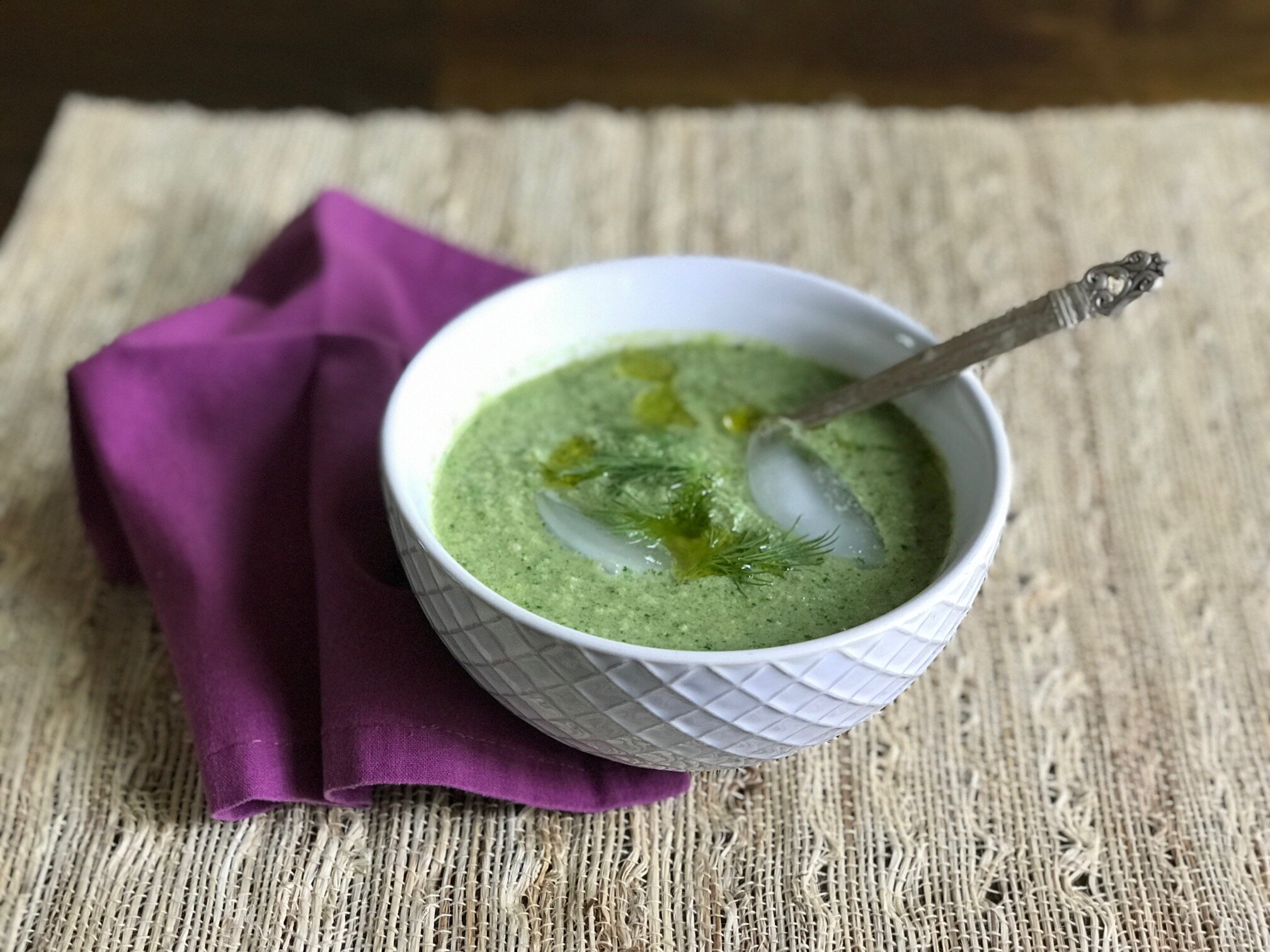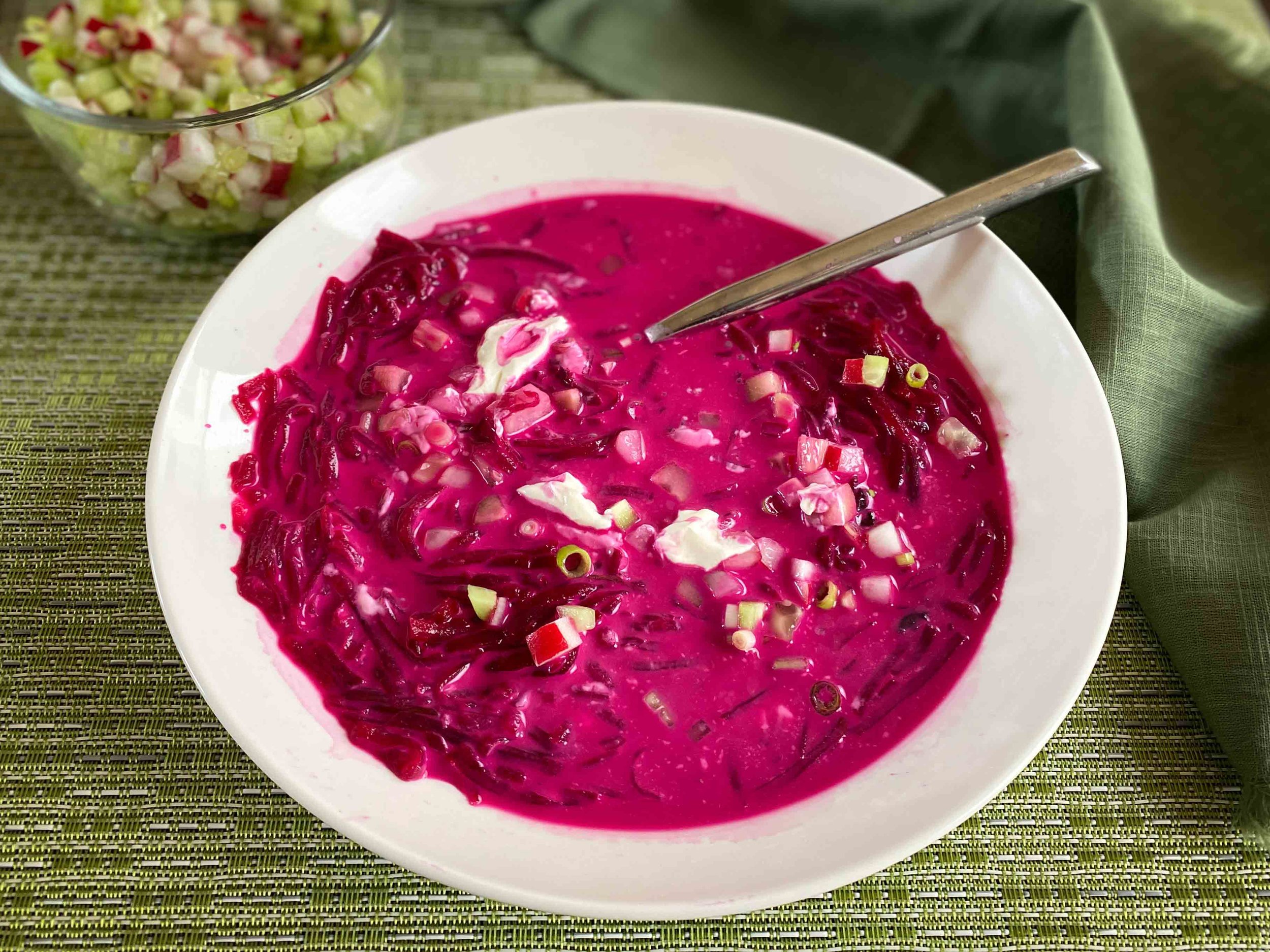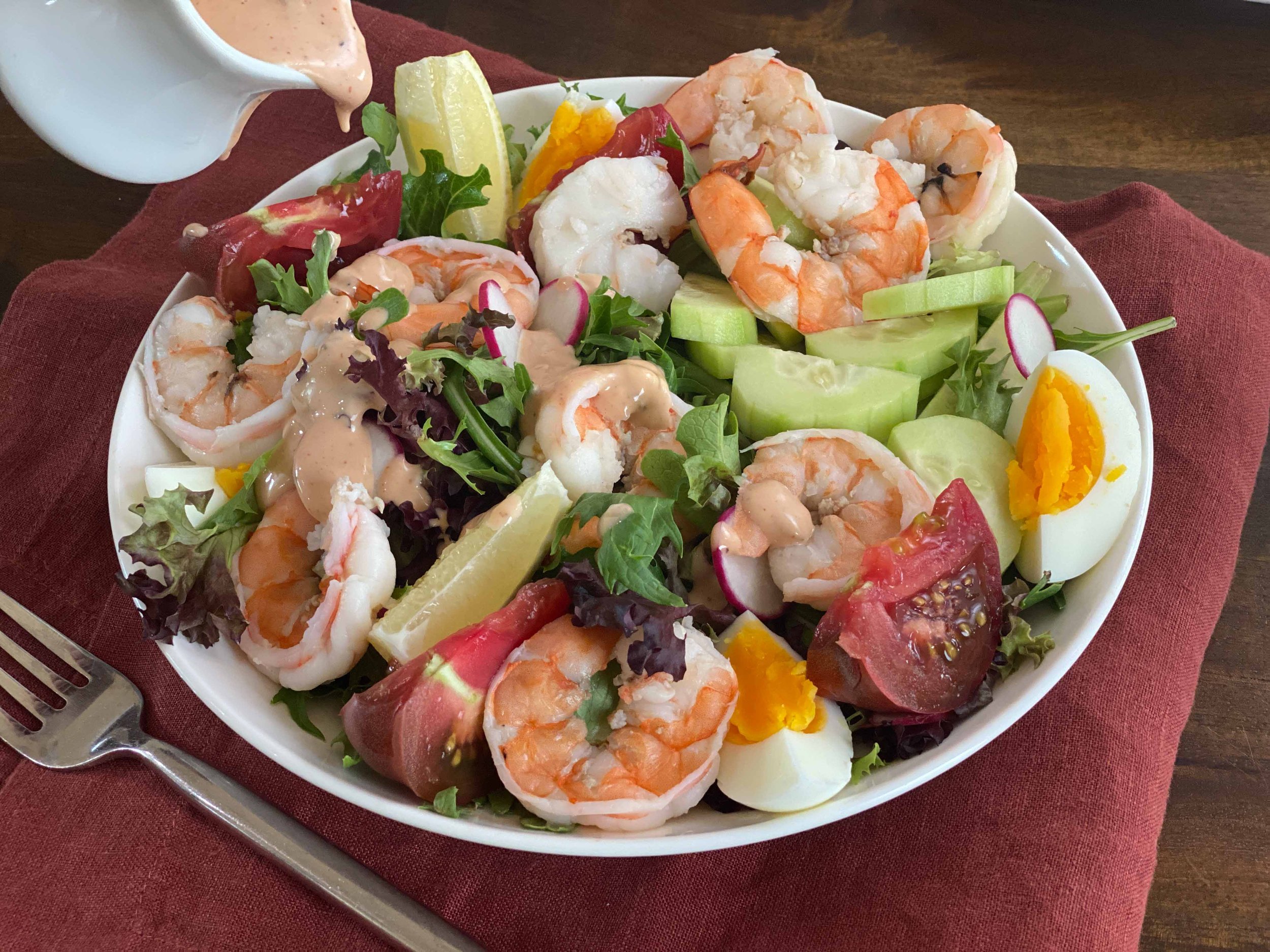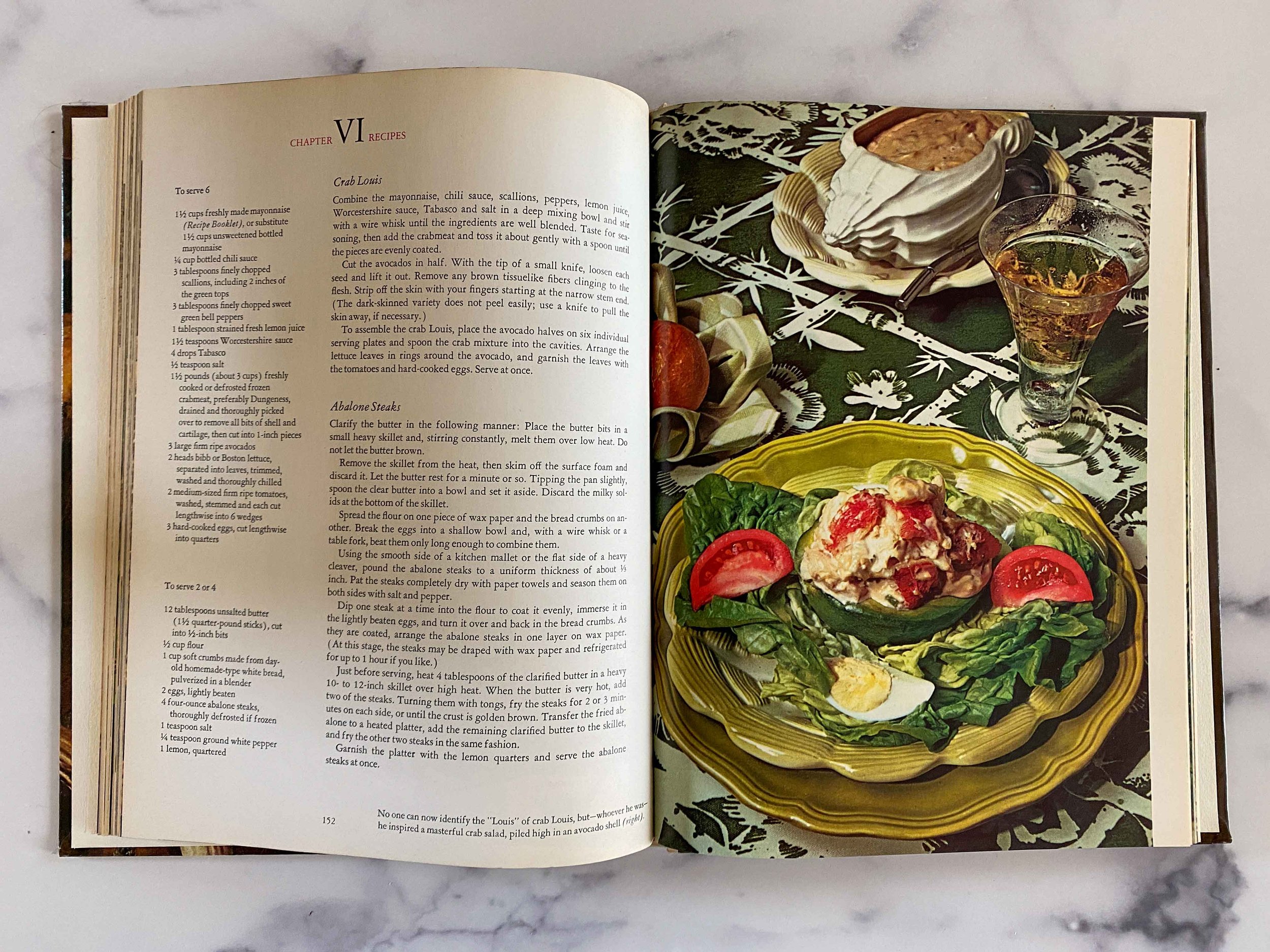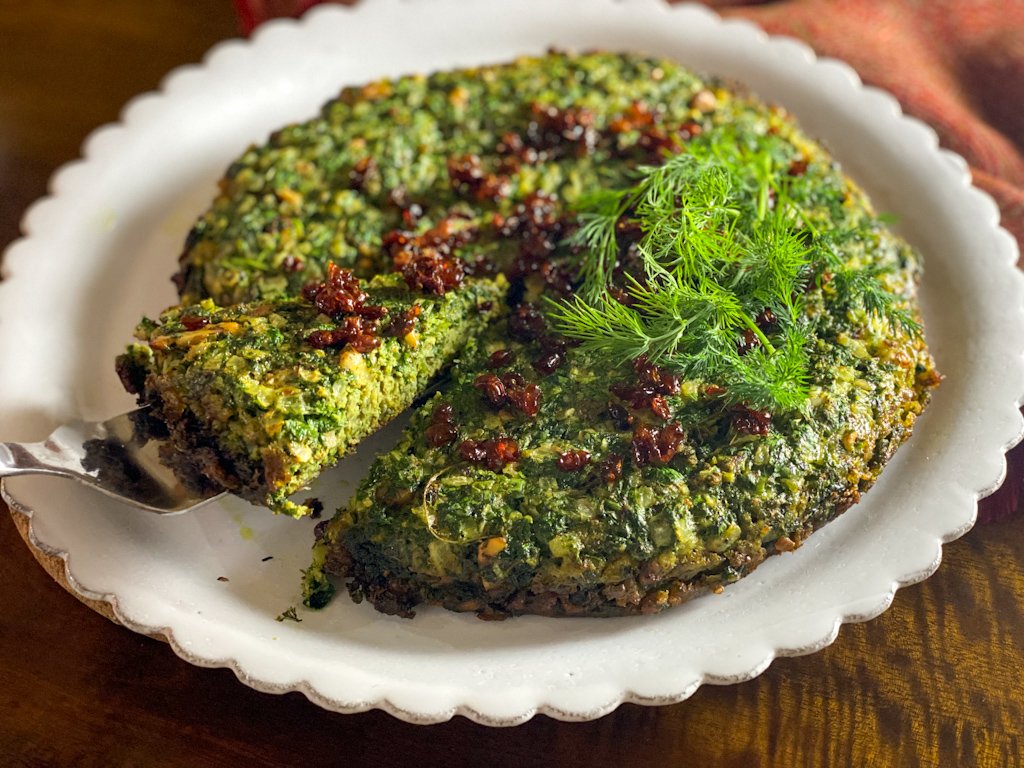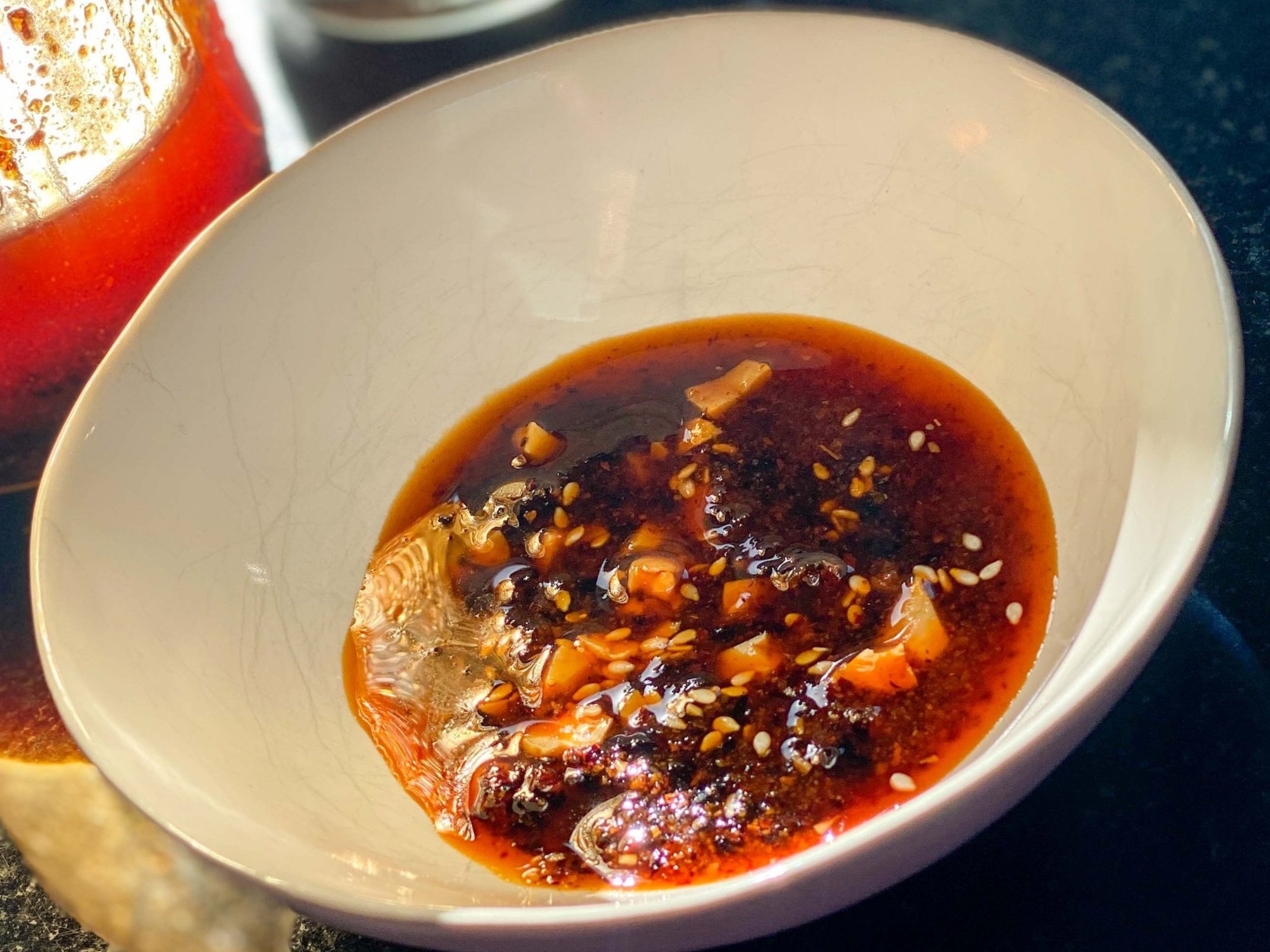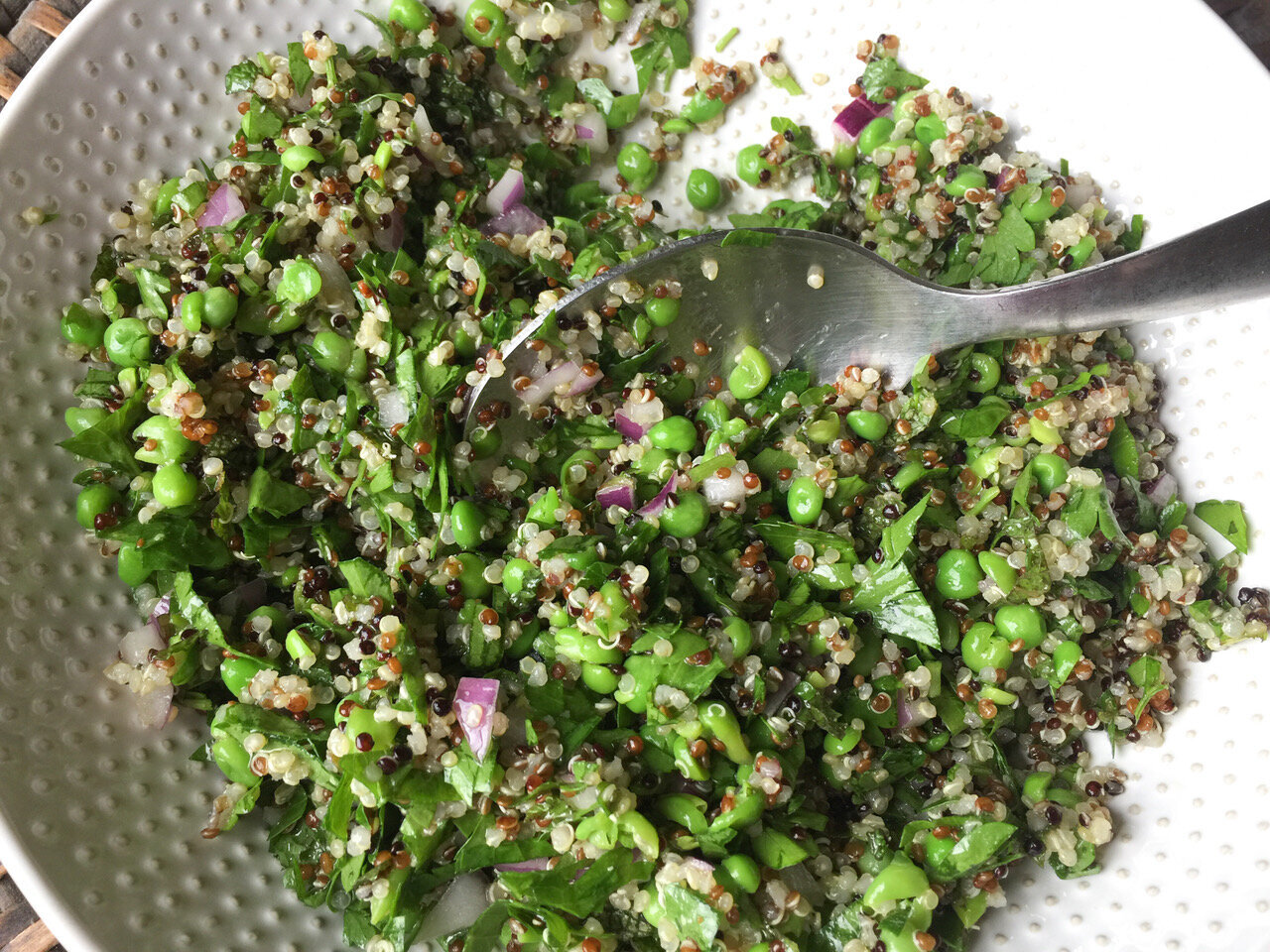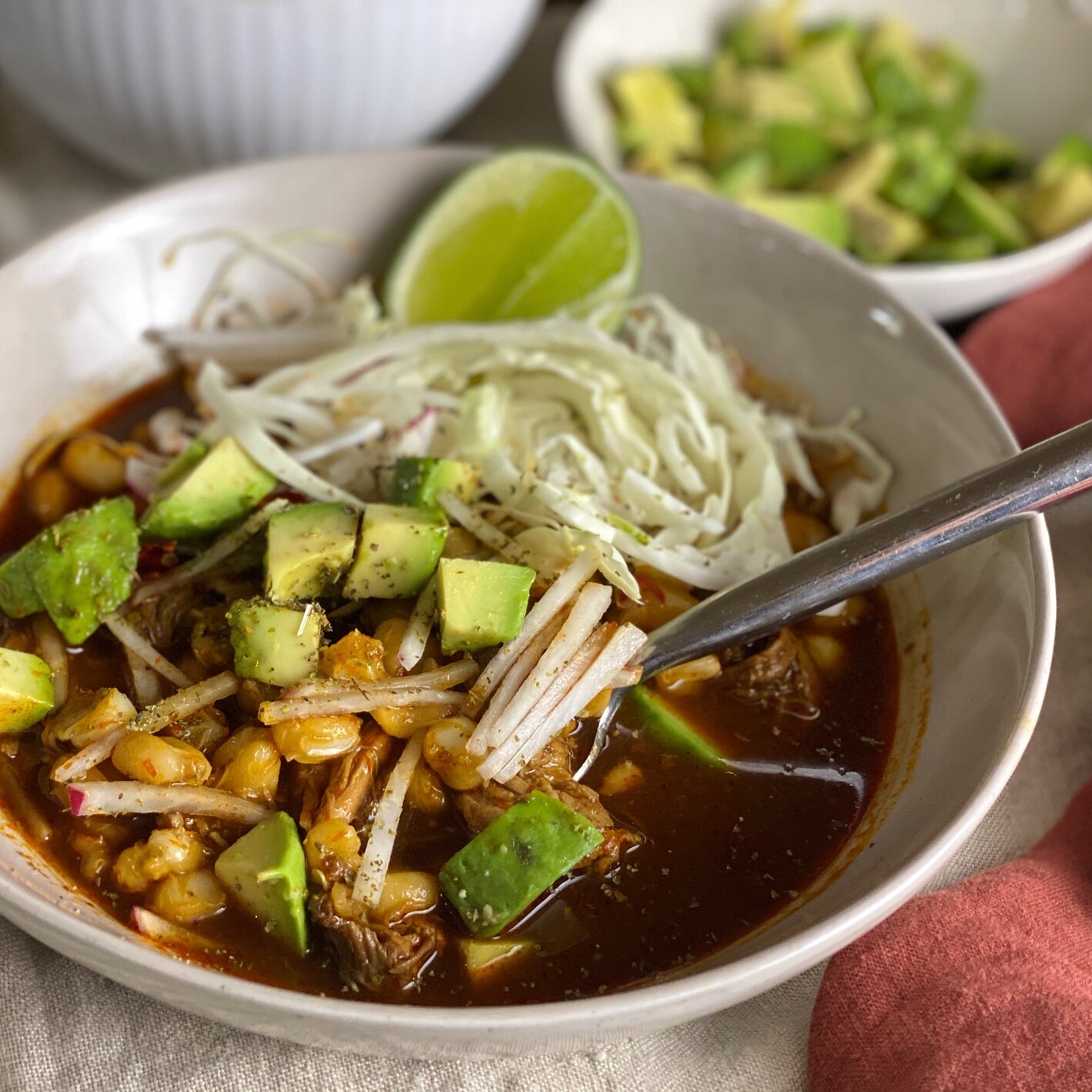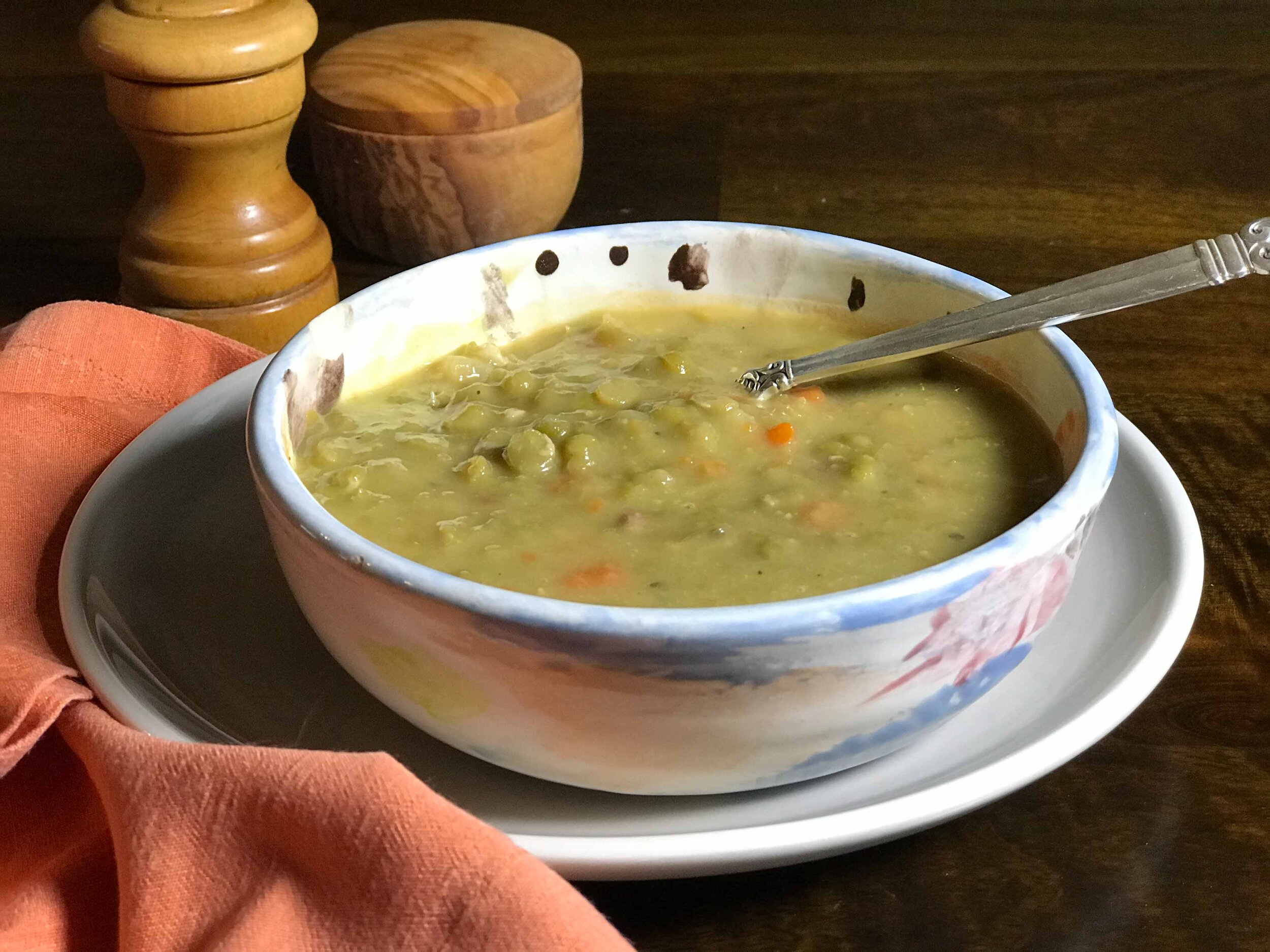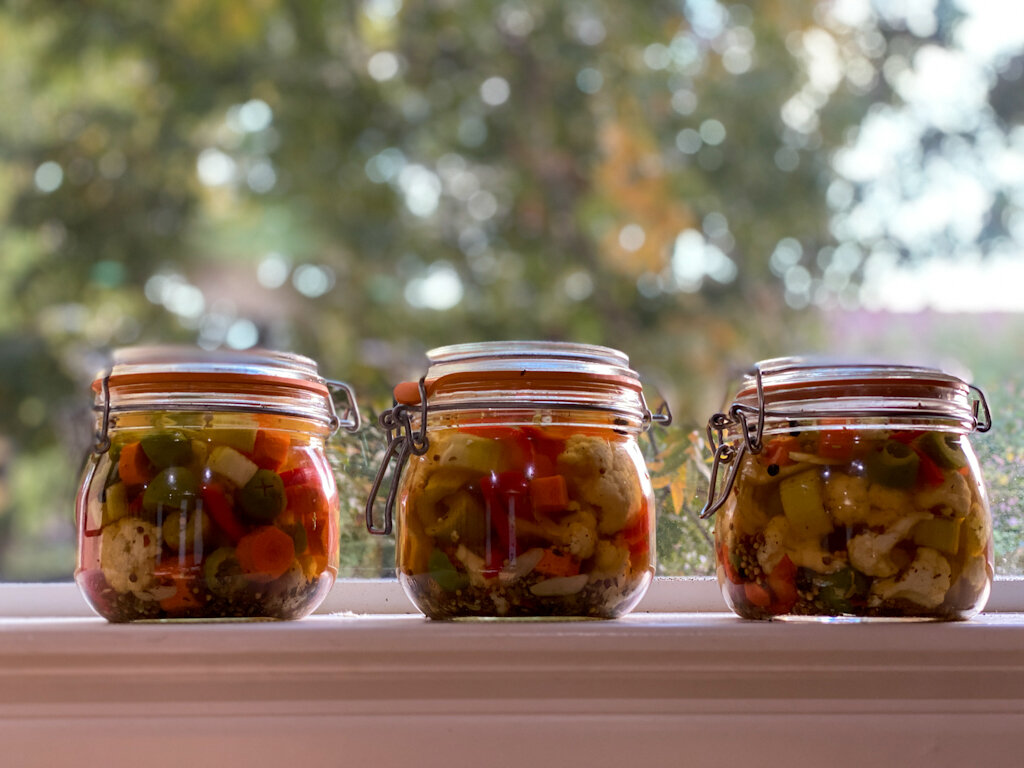Kremezi went on to write about the dish’s origin at some length in an excellent story for The Atlantic 10 years ago, “‘Classic’ Greek Cuisine: Not So Classic." The story is a must-read that not only elucidates moussaka’s origin-story, but also helps us understand why Greek cuisine tends to be less attention-grabbing this century than that of its Levantine neighbors Turkey, Lebanon, Israel, Syria and Palestine.
Tselementes, who was hugely influential early last century — not just on home cooks, but on restaurant chefs and therefore on the Athens dining landscape — aimed to Westernize Greek cooking by returning it to what he believed were its roots. Curious as it would seem, he believed French cooking had its roots in ancient Greek cooking. Under Turkish rule, he believed, Greek cooking had become unacceptably eastern, and his goal was to re-Europeanize it, emphasize cream and butter. (Béchamel!) The rising Athenian middle and upper classes of the 1920s ate it up.
Kremezi didn’t. In the Atlantic story, she wrote, of Tselementes’ influence:
“He revised — and in my opinion, destroyed — many Greek recipes….The exclusion of spices and even herbs from the spicy and fragrant traditional foods resulted in the almost insipid dishes many Greek restaurants still serve. Tselementes went as far as to omit thyme and bay leaves from Escoffier's recipe for sauce Espagnole, in his Greek translation. He also despised garlic, which he very seldom uses in his recipes!”
So Tselementes created the modern iteration of the dish, which was based on layered lamb-and-eggplant, moistened with tomato, and topped with béchamel. Did he leave out spices and garlic? I have not yet been unable to turn up Tselementes’ original recipe, though I am still working on it, and have reached out to Kremezi for further clarification.
If we can get our hands on that original recipe — and I’m optimistic we will — perhaps that will shed light on why there are not better recipes for Greek moussaka out there in the world. Perhaps the recipe, as Kremezi seems to suggest, was just not as great as it might have been had he not extracted all the spices and garlic from it.
Meanwhile, I remain convinced that made thoughtfully, it is one of the world’s greatest dishes. (And Von Bremzen, an immensely well traveled food writer with a great palate, did include it among her 80 greatest in the world!)
Kremezi’s recipe for moussaka, which is loosely based on her mother’s recipe, includes green bell peppers and optional sausage or bacon. My platonic ideal for the dish is purely lamb, and I wanted to come up with a recipe that was as elemental and simple to execute as possible, while still delivering maximum impact and fabulous flavor.
I loved Kremezi’s idea of adding yogurt to the béchamel for lightness and tang when I first came upon her moussaka in von Bremzen’s book, and it was that recipe I used as a jumping off point.


